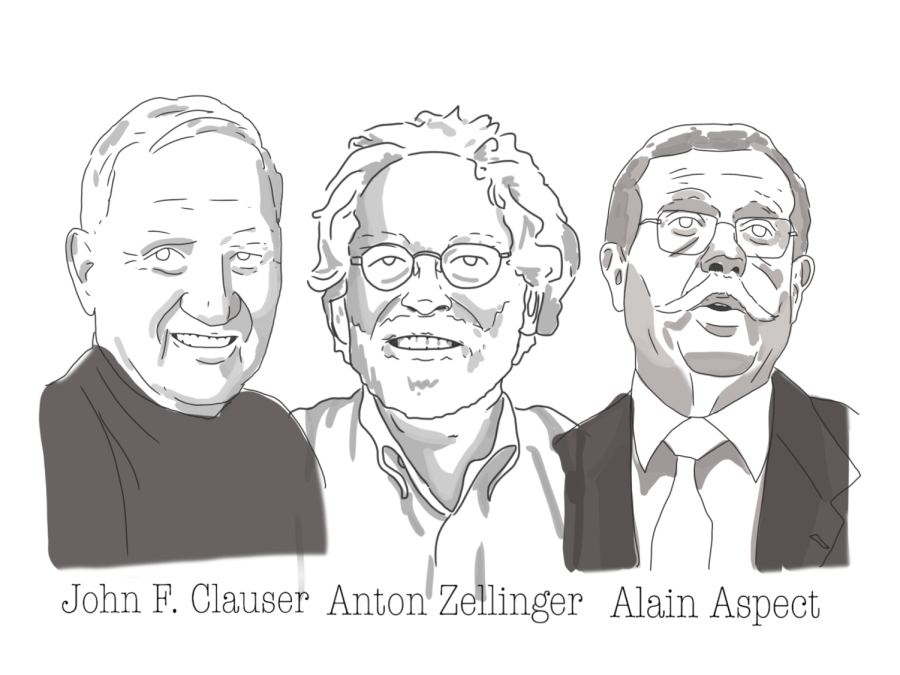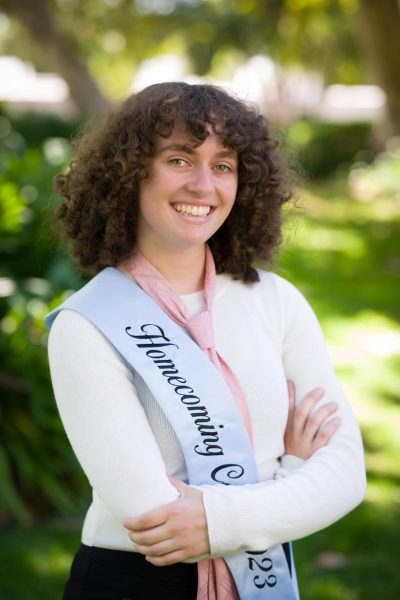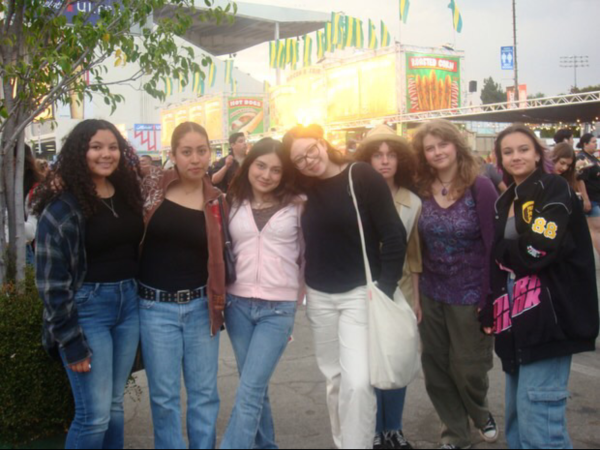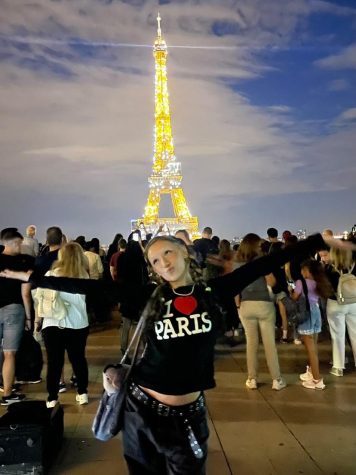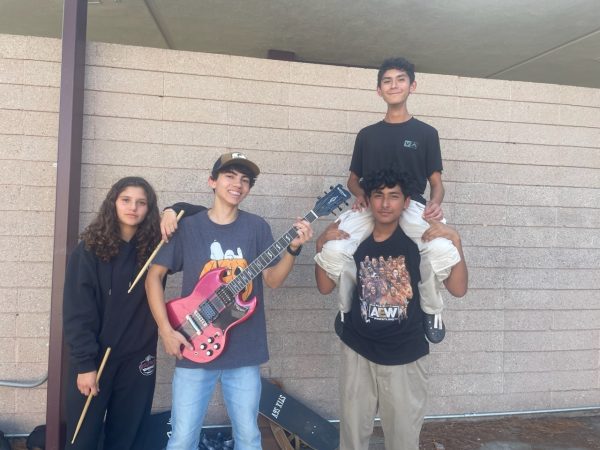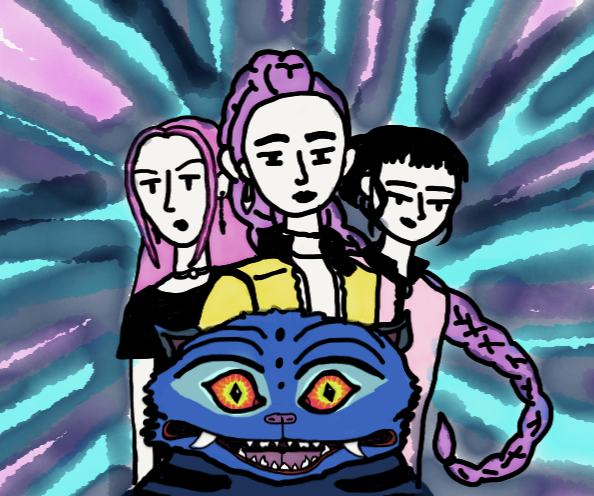Quantum Entanglement tangles one of Einstein’s theories
As uncommon as it is to receive one, everyone is familiar with the Nobel Prize title, whether it was concerning the subjects of chemistry, literature, or physics. This year, the winners of the Physics Nobel Prize were announced on Oct. 4, 2022. However, unlike other years, the newest Physics Nobel Prize was something extraordinary and fascinating awarded to three physicists. The discovery was out of this world, challenging the outlooks of physics understanding, and involved quantum mechanics, or more specifically, quantum entanglement.
Quantum entanglement, in simple terms, is the connection between two particles no matter how far apart they are. If a particle were to be observed depending on its spin, momentum, or any other quantum properties, the properties of the other particle that can be light years away could be predicted using the idea of probability because there only are two states that exist. Deemed as “spooky action at a distance” by Albert Einstein, this property of instantaneous change (quantum entanglement) goes directly against his theory of relativity due to Einstein’s prediction of the fact that nothing can travel faster than light. Einstein did not like that explanation at all and proceeded to interpret it in his own way of “hidden information” that objectively surrounds the particles. Known as the “hidden variables theories”, many other scientists like Bohr disagreed with Einstein and thought that the only way to describe a quantum system was by using wavefunctions. It became the status quo for many years, and to go against such a complex yet decided the concept was career suicide until John Stewart Bell came along. He experimented with the concept of hidden variables and derived a mathematical theorem called “Bell’s inequality,” which showed that any classical theories that involve local realism could not interact with quantum mechanics at all. Bell’s inequality asserts that there has to be a relationship exhibited between the particles if the particles do contain information about their states, and a different relationship if the particles were to be observed at the exact moment of being observed.
John Clauser, born in Pasadena, California, was one of the winners of the Nobel Prize in 2022. He was one of the first to actually conduct a Bell experiment while repeatedly breaking Bell’s inequality, proving Einstein to be wrong. John Clauser and his student decided to release calcium atoms through an arc lamp, which increases the kinetic energy inside the atoms and then decreases the energy due to photons. Through the experiments that John Clauser conducted, the results all came out as there were no hidden variables. A factor that might have contributed to the experiments working like normal quantum mechanics was the fact that Clauser had fixed positions for the polarizers. To be able to manipulate the positions that the photons would be measured at would be very difficult, which is where Alain Aspects comes into play to figure out how to deal with the loopholes in the previous experiments. Alain Aspects, a French physicist born in Agen, released calcium atoms but changed it to a laser instead. He figured out a way to measure the photons without moving the polarizers, and that was through the idea of having a transducer (in this case, he used quartz) implemented into the process.
Now many may wonder how this discovery impacts the real world, and what the significance of quantum mechanics or even the 2022 physics Nobel Prize is. Those questions could be answered through Anton Zeilinger, an Austrian scientist, who came up with the concept of quantum teleportation. These groundbreaking discoveries about quantum information will have a huge impact on quantum computing and quantum cryptography. All three of these gentlemen are willing to challenge the set rules of quantum mechanics and draw a distinct point of view in the quantum world overall. Science cannot move on without others challenging the breaking point, and just as Anton Zeilinger once said, “It was always curiosity, and still is curiosity.”
Hello there! Our goal is to provide relavent, engaging journalism for readers of all ages. Your donation will support the student journalists of the Wolfpacket at Claremont High School, and will allow us to purchase equipment, print our monthly issues, and enter in journalism competitions. We appreciate your consideration!
Lisa Yi is a senior in high school and is the Co-Head News editor along with Mayo Ou. Attracted to Wolfpacket by the idea of improving her college application...
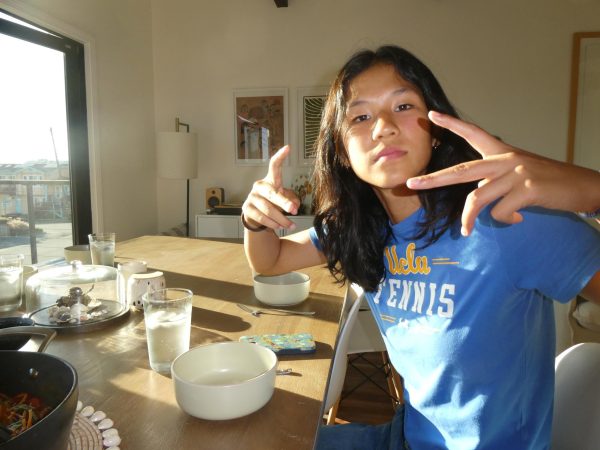
Isabelle Shie is a senior and rounding off her fourth year on the staff as the Assistant Editor in Chief. Shie thinks she’s Jake Peralta, but in reality...



